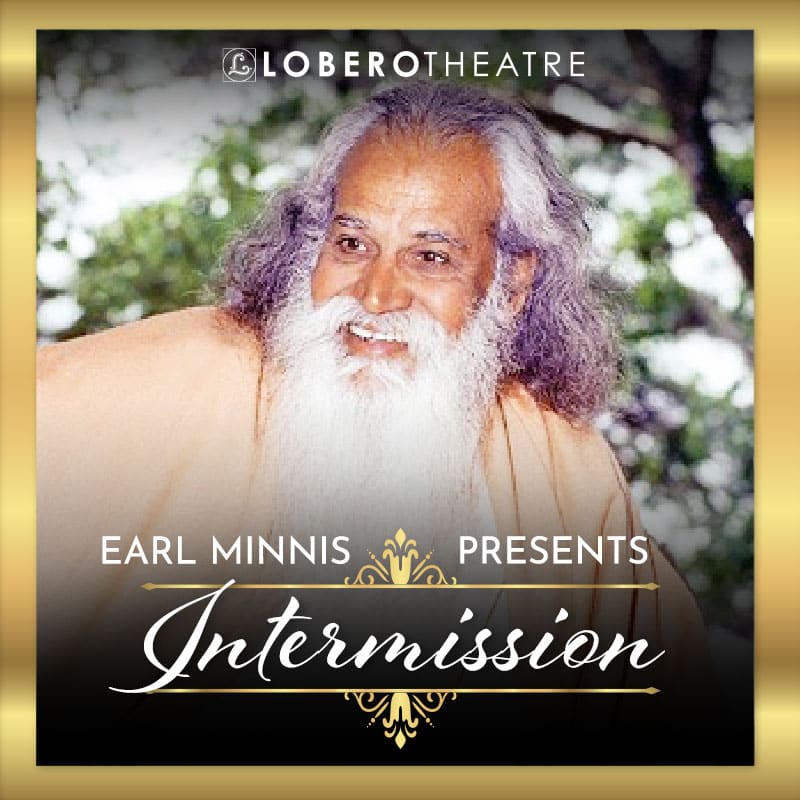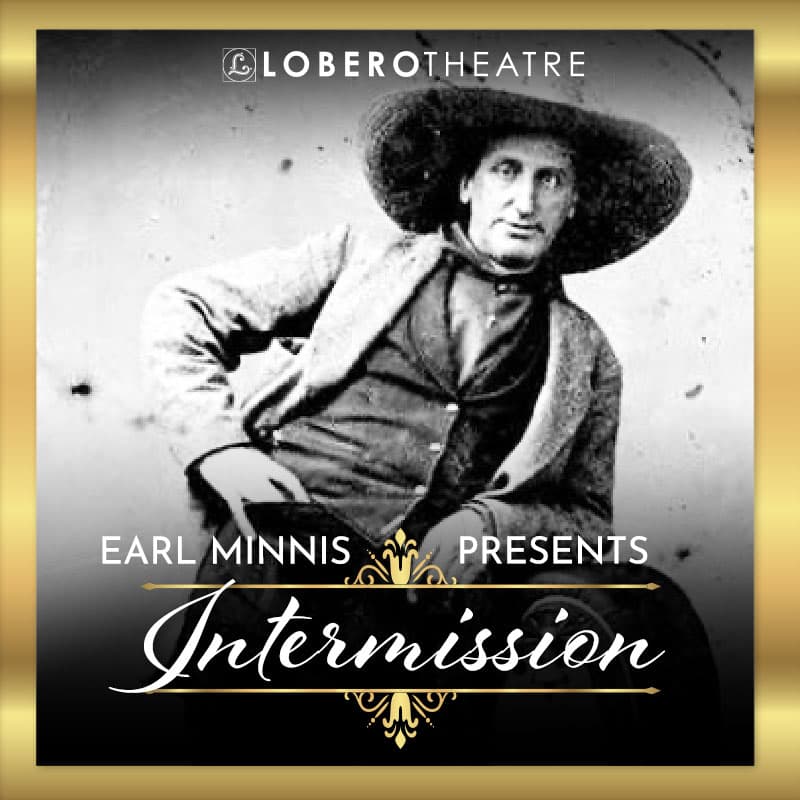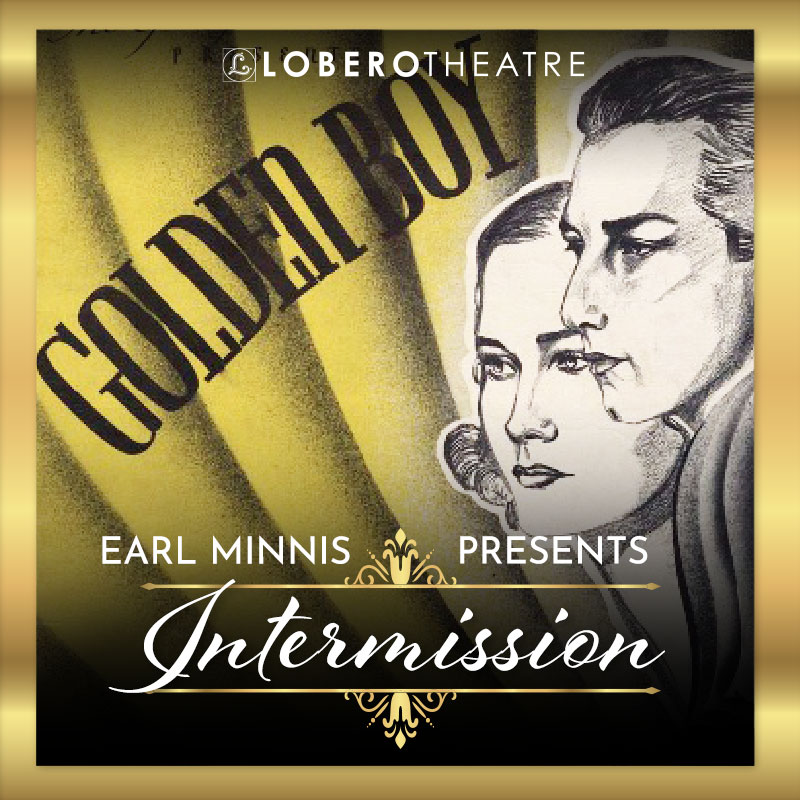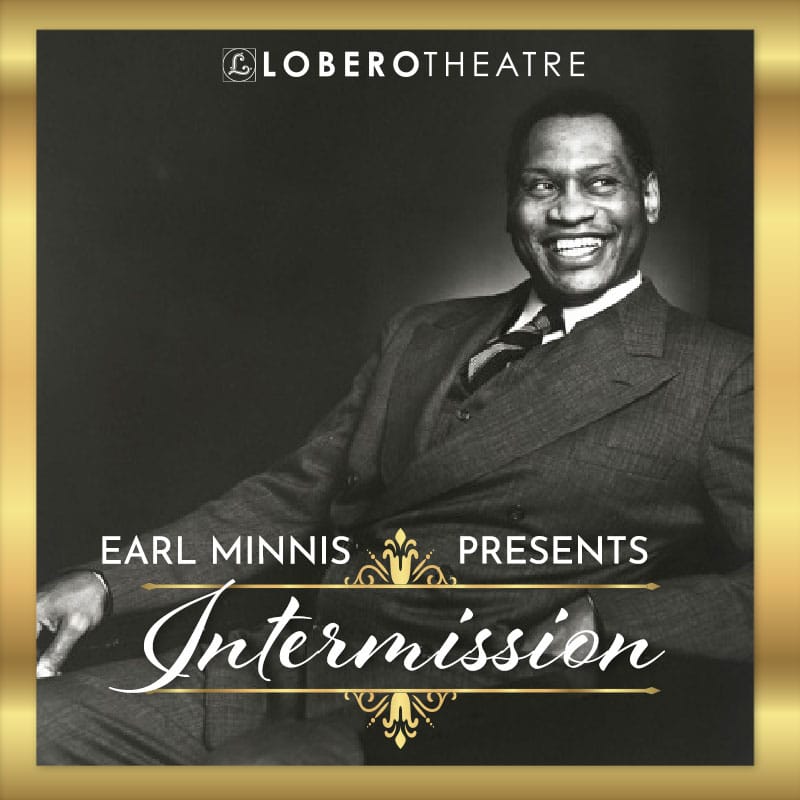On a cool March evening in 1976, an orange-robed, bearded man sat cross-legged on a wooden dais on the Lobero Theatre stage. Sri Swami Satchidananda was one of the West’s most well-known teachers of classical Yoga and, in 1969, had welcomed 400,000 young people to the Woodstock Music and Art Fair with an opening prayer.
By the mid-1970s, Satchidananda had moved to Santa Barbara, where he had created a Yogaville West community up on San Marcos Pass.
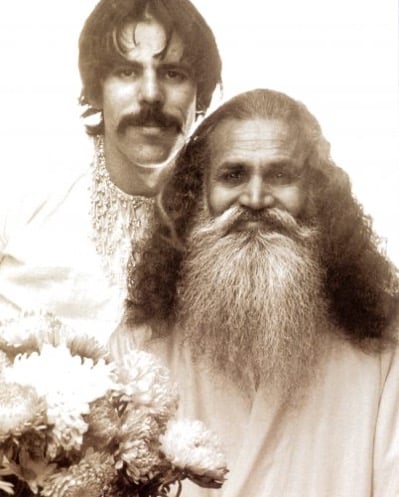
C. K. Ramaswamy Gounder (his family name) was born in southern India in 1914. As a young man, Ramaswamy worked in his family’s motorcycle import business. After his wife died only five years into their marriage, Ramaswamy left his two young children with his mother and embarked on a long spiritual pilgrimage through India. After years of wandering as an ascetic sadhu, begging for his food and studying with one teacher after another, he found a holy man named Swami Sivananda, who became his guru. In 1949, Ramaswamy was given the monastic name Satchidananda.
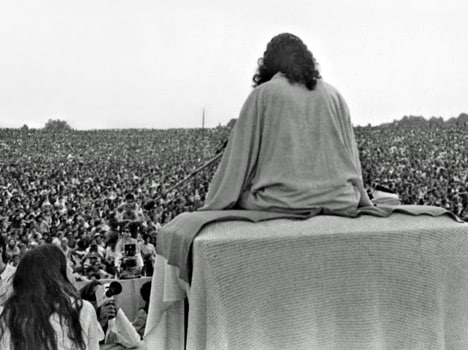
In the 1950s and early 1960s, Satchidananda was a hugely popular spiritual teacher across India. In 1965, the German-American artist Peter Max invited Satchidananda to visit New York. Max recalled the conversation. “Swami, America needs you very, very much. It would be really nice if you could come to America.” ‘America needs me?’ he asked. I told him that the youth were experimenting with drugs to expand their consciousness and the whole country was undergoing great change. His teachings of yoga were what we needed. Then the Swami told me, ‘Okay, if there’s a need, I’ll come.’”
In the 1960s, the average American knew little to nothing about yoga and meditation. A weekly PBS television show, called Yoga for Health with Richard Hittleman, started airing in 1961. But yoga only started to become widely known when the counterculture and New Age movements started to explore new lifestyles and world views – especially Eastern spirituality – in the late 1960s. As the “Woodstock Guru,” Swami Satchidananda played an important role in introducing yoga and meditation into Western popular culture.
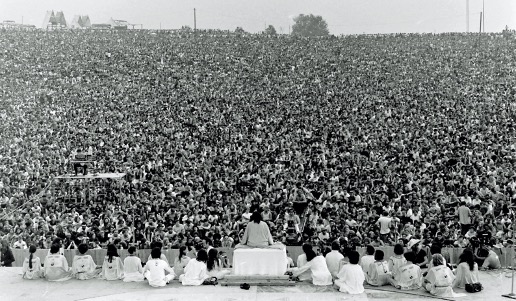
From 1974 – 1978, when Satchidananda moved his winter headquarters to the Santa Barbara foothills, the Lobero stage became his favored public venue. Tickets to hear the Swami sold for $2.50 and his unprepared, humor-filled lectures focused on his system of Integral Yoga. Satchidananda described Integral Yoga as “a flexible combination of specific methods to develop every aspect of the individual: physical, intellectual, and spiritual. It is a scientific system which integrates the various branches of yoga to bring about a complete and harmonious development of the entire person.”
In late 1977, Satchidananda submitted plans to create an Integral Yoga Institute on 62 acres of land on San Marcos Pass, just above San Antonio Creek Road. The centerpiece was to be a 35-foot high, pink, nine-sided interfaith temple. Predictably, neighbors objected to the aesthetics of the structure and traffic impacts, and after several county hearings, the plans were withdrawn. Within a few months, Satchidananda moved his headquarters east to what became Yogaville East in Buckingham County, Virginia.
Additional Resources:
- New York Times – Swami Satchidananda
- Integral Yoga SF – About Our Founder
- Integral Yoga Magazine
- LA Times – Swami Satchidananda
- Telegraph – Swami Satchidananda
